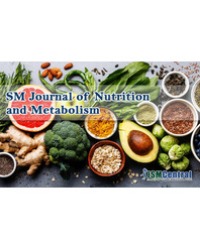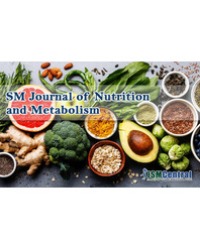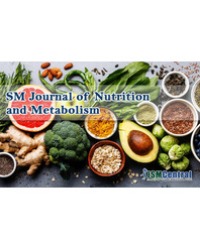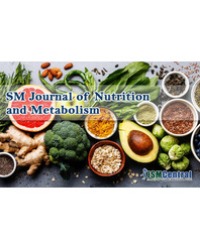
Rate of Home Delivery and Participation of Traditional Birth Attendants is Declining in Dhaka City
The rate of home delivery and role of traditional birth attendants are declining rapidly. The aim of this study was to find out the current situation of home delivery and participation of birth attendants in Dhaka City regarding safe motherhood. A descriptive cross-sectional study was conducted in this research. This study found that 53.9% baby was delivered normally and 45.9% baby was delivered by surgical operation during study period. Institutional delivery rate was 75.5% in this study (37.7% in Clinic, 35.6% in Hospital, and 2.3% health care center) and one forth (24.5%) was delivered in home. The type of delivery was significantly related to maternal age, education and income level. In case of birth attendants, 56.2% babies were delivered by health service personnel, 35.2% by TTBA and 8.7% babies were delivered by TBA. Maternal education; pre-pregnancy nutritional status and family income have strong effect on type of birth attendants. Type of birth attendants had strong correlation with maternal age (p=0.000) and family income (p=0.000) and had association with parental education (p=0.000). Types of delivery (p=0.000), place of delivery (p=0.000), bleeding after delivery (p=0.000) were significantly associated with birth attendants. Moreover, infection after delivery (p=0.000), treatment with antibiotics (p=0.000) had significant association with birth attendants. It can be concluded that rate of home delivery and involvement of TBA in pregnancy outcome decreasing day by day which is strongly related with maternal age, education and family income. Type of birth attendants is also related with other obstetric care services in Dhaka City.
Shahab Uddin Howlader1, Abdur Razzak1*, Selim Raza2 and Sabir Hossain1




